CE Working Clothing: Safe & Durable - Best for Construction?
ce working clothing: an insider’s look at modern working gloves
If you work in safety procurement, you’ve probably noticed how fast hand protection is evolving. In the broader world of ce working clothing, knitted, coated working gloves have become the quiet hero—lighter, safer, more breathable than the old-school leather. From my factory walk-throughs in Hebei to warehouse trials in Rotterdam, the pattern is clear: better yarns, smarter coatings, tighter quality control.
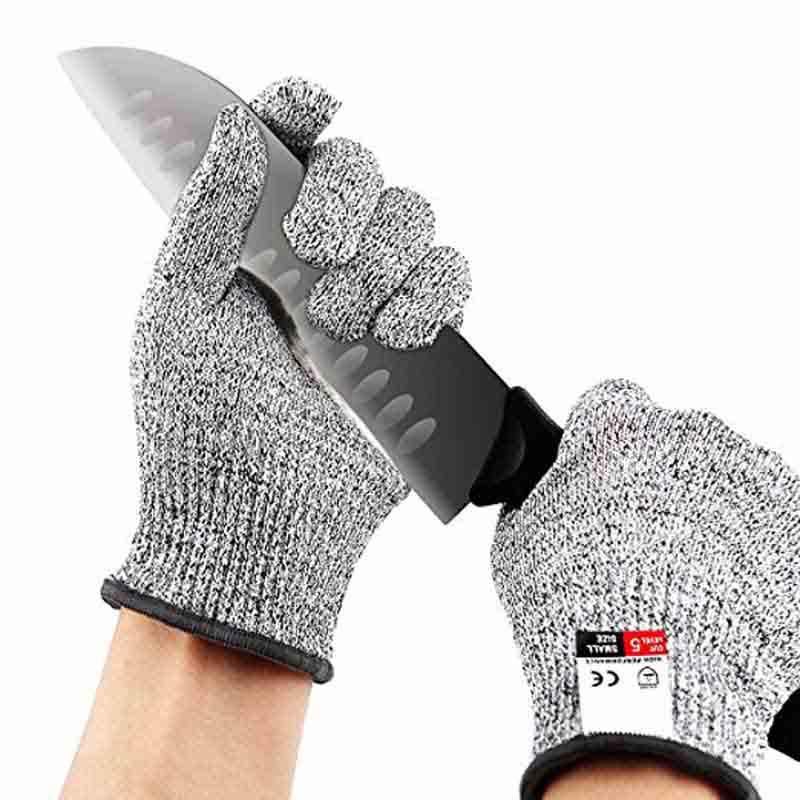
What’s trending now
- Higher gauges (15G–18G) for dexterity without sacrificing cut protection.
- Hybrid liners—HPPE/nylon/spandex—for fit and cool touch.
- Advanced coatings: sandy nitrile for oil grip, PU for precision, latex for general build work.
- Clean compliance: CE under PPE Regulation (EU) 2016/425 and REACH-friendly chemistries.
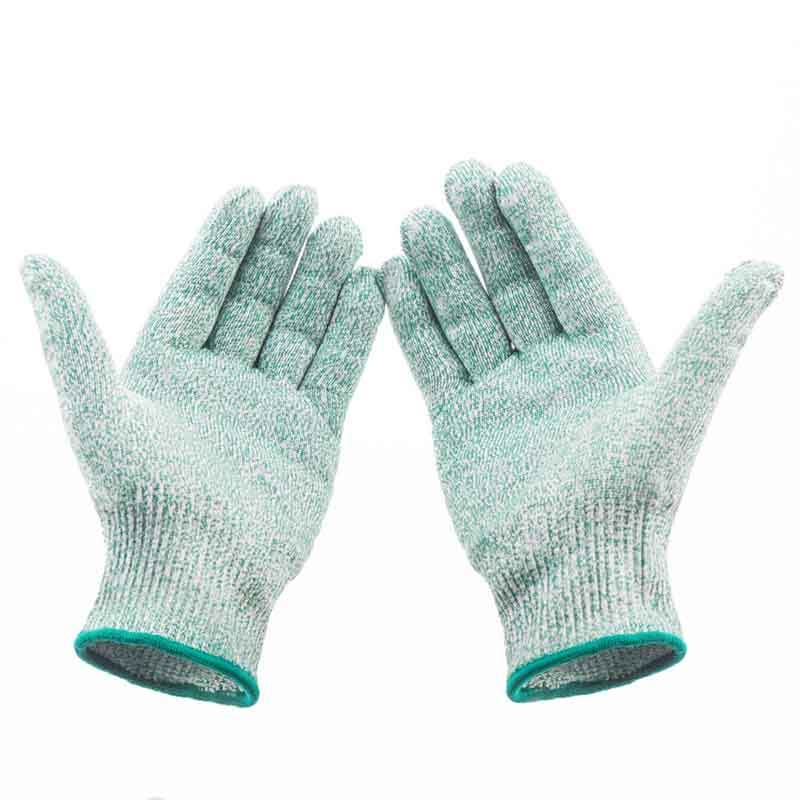
Product snapshot: Working gloves
Origin: 26 YongPing Road, Northern Industrial Base, Hengshui City, Hebei, China. The plant runs 13G, 15G, and 18G knitting machines and can knit ≈5,000 dozens of liners per day—enough to keep mid-sized distributors happy even in peak season.
| Spec | Details (real-world use may vary) |
|---|---|
| Liner | HPPE/nylon/spandex, 13G/15G/18G |
| Coating options | PU, smooth/sandy nitrile, latex |
| CE/Standards | EN ISO 21420, EN 388:2016/2019 (e.g., 4X43C typical), EN 407 (limited heat) |
| Sizes | 6–11 with color-coded cuffs |
| Service life | ≈3–6 months in logistics; ≈1–3 months in metalwork (abrasion-heavy) |
| PPE Category | II (CE) |

How they’re made (quick process flow)
- Material prep: HPPE/nylon/spandex yarn blending and tensioning.
- Knitting: 13G/15G/18G machines stitch liners for dexterity vs. protection sweet-spot.
- Coating: PU or nitrile/latex dip; sandy nitrile gets micro-foam texture for oil grip.
- Curing: controlled ovens for adhesion and flexibility.
- Testing: EN 388 abrasion, cut (TDM), tear, puncture; sizing per EN ISO 21420.
- Packing: lot-coded for traceability and quick CE audit trails.

Use cases & advantages
Applications: automotive assembly, metal fabrication, HVAC, last‑mile logistics, construction rebar work, light oil & gas handling. Benefits: dexterity for small parts, reliable grip in dry/oily settings, and cost-per-wear that—many customers say—beats leather 3:1. To be honest, breathability is what surprises first-time users most.
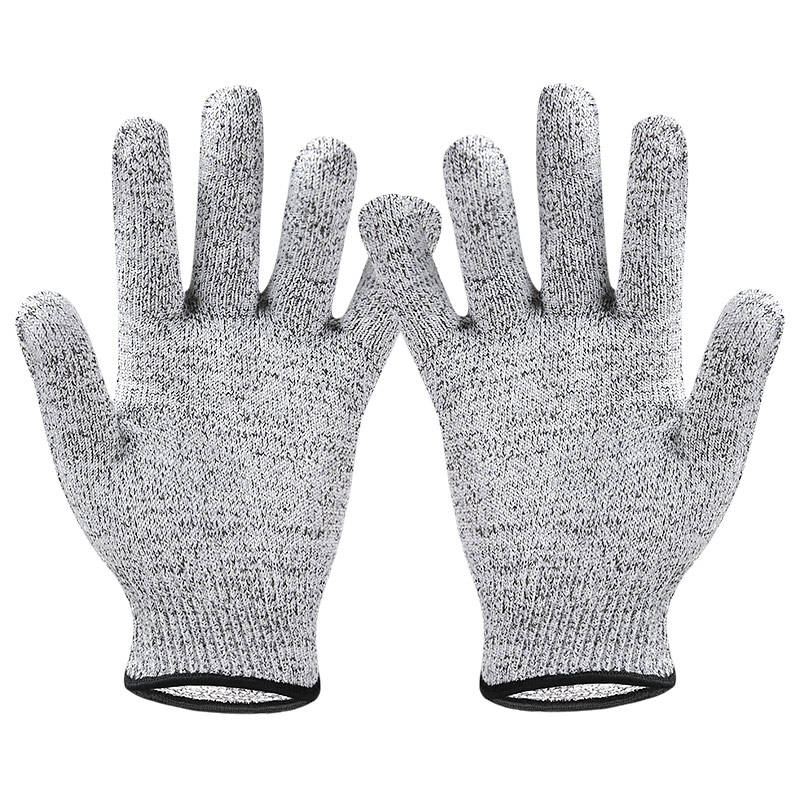
Vendor comparison (indicative)
| Vendor | Lead time | Customization | Certs | Price (≈) |
|---|---|---|---|---|
| Goodsafetyhelmet (Hebei) | 15–30 days | Gauge, coating, color, logo, pack | CE (EN 388, ISO 21420) | Mid |
| Regional Distributor | Stock/Immediate | Limited (logo only) | CE, local QA | High |
| Online Marketplace | 7–20 days | Varies | Mixed; verify DoC | Low–Mid |

Customization tips
Pick 18G + PU for precision assembly; 15G + sandy nitrile for oily parts; 13G + latex for construction grip. Add color-coded knuckles for size ID and your brand print on the cuff—simple, but it speeds distribution in the field.
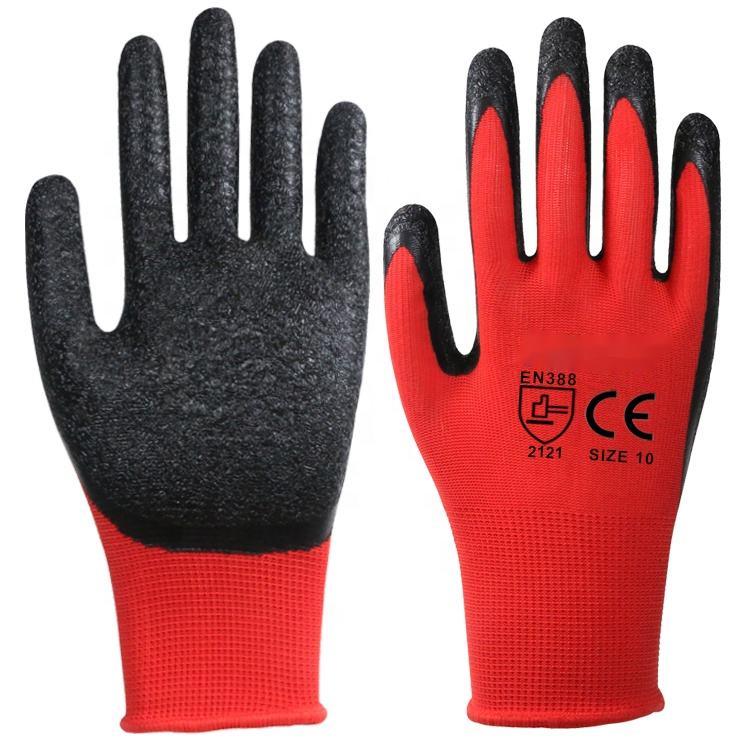
Case study (EU logistics)
A regional warehouse switched to 15G HPPE liners with sandy nitrile palms. After a 6‑week pilot, supervisors logged a ≈35% drop in minor hand nicks and a 22% reduction in glove changes per shift. EN 388 testing on the selected model showed 4X43C; abrasion cycles hit 8,000 in lab, which, actually, aligned with field wear rates.
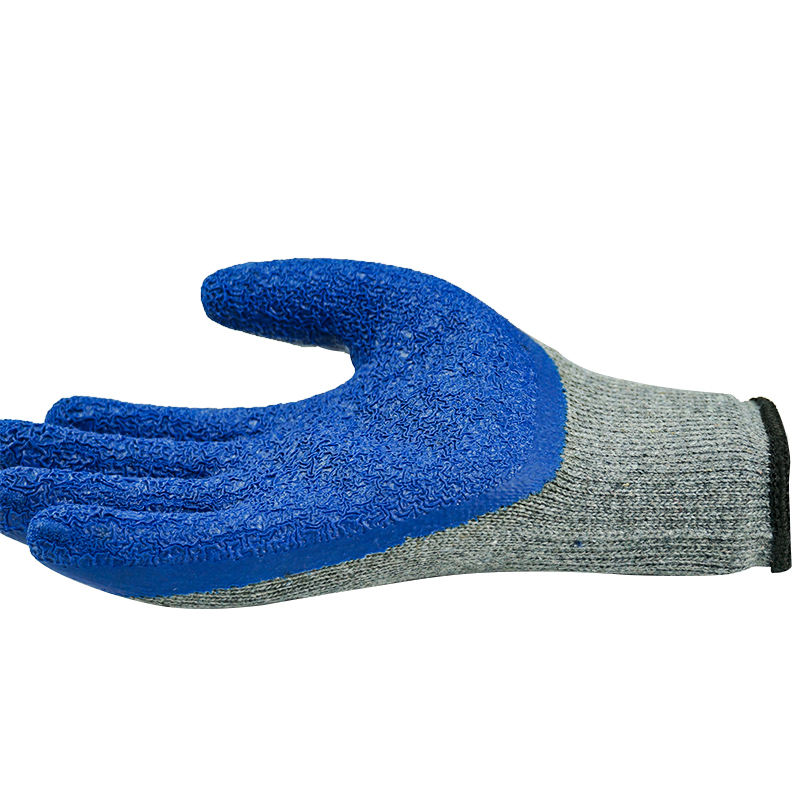
Standards & documentation
Look for a valid CE mark, EU Declaration of Conformity, and test reports to EN ISO 21420 and EN 388:2016/2019. Heat/contact where relevant: EN 407. For North America, cross-check ANSI/ISEA 105 ratings. Materials should meet REACH requirements for restricted substances.
References:
1. PPE Regulation (EU) 2016/425
2. EN 388:2016+A1:2018 Protective gloves against mechanical risks
3. EN ISO 21420:2020 Protective gloves—General requirements
4. EN 407:2020 Protective gloves against thermal risks
5. ANSI/ISEA 105-2016 Hand protection classification
6. ECHA—REACH compliance guidance
-
Essential Guide to Safety Helmets for the Oil and Gas Industry
NewsNov.24,2025
-
Essential Guide to Safety Helmet for Baby – Protect Little Explorers with Confidence
NewsNov.24,2025
-
Comprehensive Guide to Safety Helmet Factory – Global Insights & Innovations
NewsNov.23,2025
-
Rockman Safety Helmet: Ultimate Industrial Head Protection Guide
NewsNov.23,2025
-
Race Safety Helmet – Essential Protection for Motorsport Champions
NewsNov.22,2025
-
Offshore Safety Helmet Guide: Protecting Workers in Harsh Marine Environments
NewsNov.22,2025
